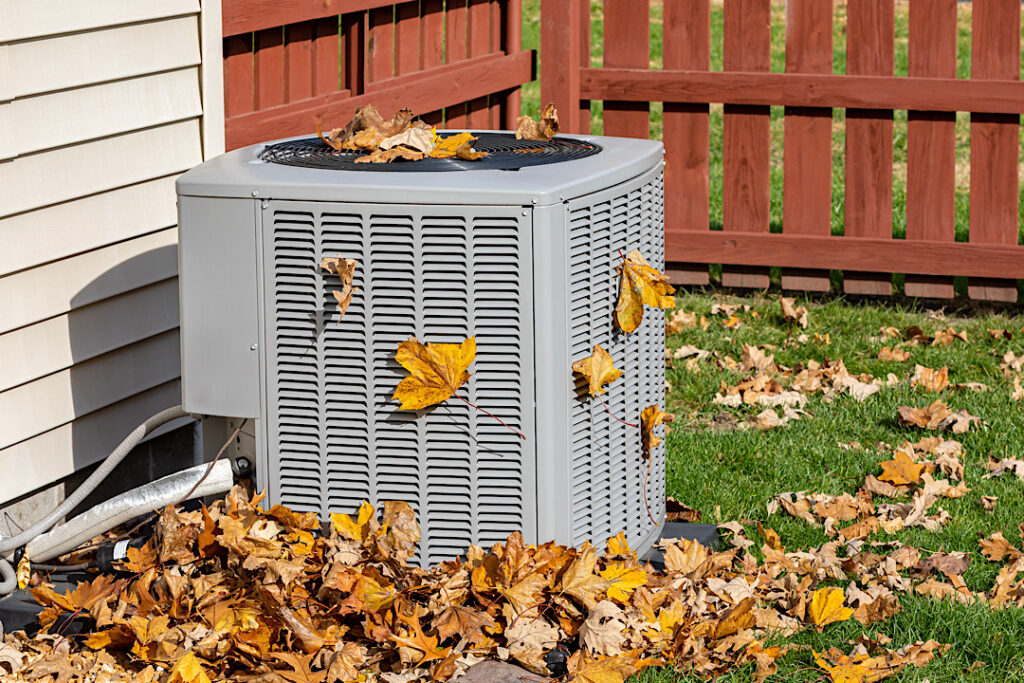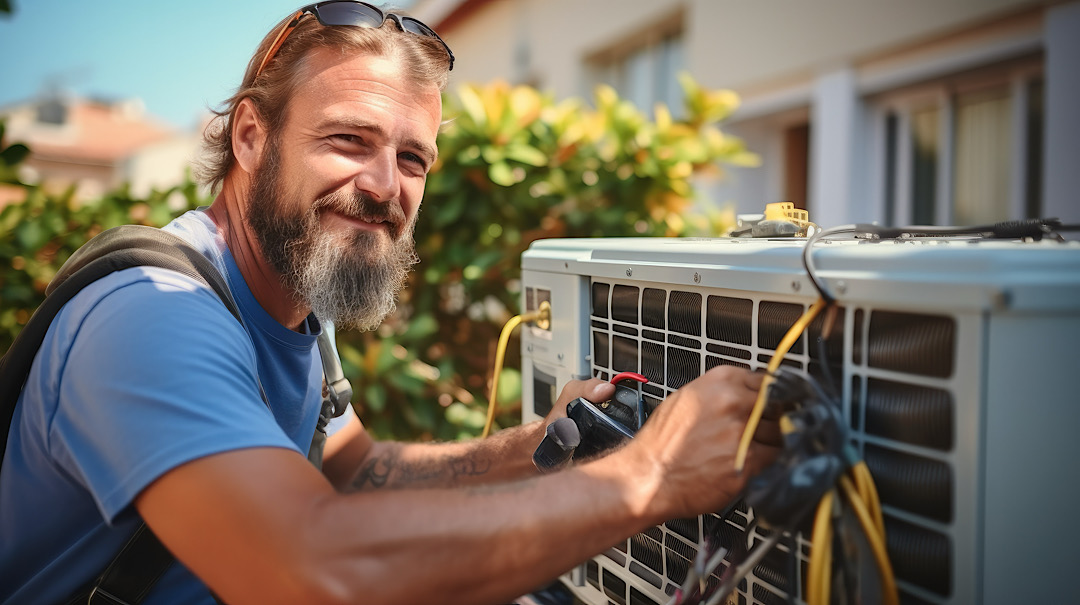Transitioning Your HVAC from Winter to Spring

As the seasons change, so do the needs of your home’s HVAC (Heating, Ventilation, and Air Conditioning) system. Transitioning your HVAC system from winter’s heating requirements to spring’s cooling demands is not just a matter of flipping a switch. It involves a series of checks and balances to ensure that your system operates efficiently, keeps your home comfortable, and saves you money on energy costs. In this article, we delve into the nuances of HVAC transition, spring preparation, and enhancing energy efficiency.
HVAC Transition
Transitioning your HVAC system appropriately is crucial for maintaining an optimal living environment and ensuring the longevity of your system. The first step in this transition is to conduct a thorough inspection of your entire HVAC system. This inspection should include checking your system’s air filters, which are pivotal in maintaining air quality and system efficiency. Air filters should be replaced or cleaned at the start of the season and then monthly during high-use periods.
Another essential aspect of transitioning your HVAC system for spring is scheduling professional maintenance. A professional technician can identify issues that aren’t immediately apparent to most homeowners. This includes checking the system’s refrigerant levels, inspecting electrical connections, and ensuring the condensate drain is clear. Maintenance ensures that your system operates at peak efficiency and can prevent costly repairs down the line.
Spring Preparation
Preparing your HVAC system for spring also involves looking beyond the system itself. The effectiveness of your HVAC system is heavily influenced by the insulation and sealing of your home. Inspect your home for leaks and drafts, particularly around windows and doors, and seal any gaps with caulking or weather stripping. This can significantly reduce the workload on your HVAC system by keeping cool air in during warmer months and warm air in during cooler months.
Another critical aspect of spring preparation is considering the use of a programmable thermostat. A programmable thermostat allows you to set temperatures for different times of the day automatically and can reduce your energy bill by adjusting the temperature when you are asleep or away from home.
Energy Efficiency
Energy efficiency is a significant concern for homeowners, especially as temperatures start to rise. One way to enhance the energy efficiency of your HVAC system is by utilizing ceiling fans alongside your air conditioning. Ceiling fans help circulate cool air more effectively throughout your home, allowing you to set your thermostat at a slightly higher temperature without compromising comfort.
Additionally, consider the role of landscaping in your home’s energy efficiency. Strategic placement of trees and shrubs can provide shade to your home and HVAC outdoor unit, reducing cooling costs. However, ensure that any landscaping does not block airflow around the HVAC outdoor unit.
Finally, upgrading to an energy-efficient HVAC system might be a worthwhile investment for older homes. Modern HVAC systems are designed with energy efficiency in mind and can significantly reduce energy costs in the long run.
Transitioning your HVAC system from winter to spring requires more than just a cursory check. It involves detailed inspections, professional maintenance, and a holistic view of your home’s energy efficiency. By taking these steps, homeowners can ensure their system is ready to handle the spring season efficiently and comfortably.

We’re always here to help.





Serving Front Range Denver from Arvada to Monument
Arvada
Aurora
Boulder
Brighton
Broomfield
Castle Pines
Castle Rock
Centennial
Cherry Hills Village
Commerce City
Denver
Edgewater
Elizabeth
Englewood
Evergreen
Foxfield
Franktown
Glendale
Golden
Greenwood Village
Highlands Ranch
Ken Caryl
Lafayette
Lakewood
Larkspur
Littleton
Lone Tree
Longmont
Louisville
Morrison
Northglenn
Parker
Roxborough Park
Sedalia
Sheridan
Thornton
Westminster
Wheat Ridge



